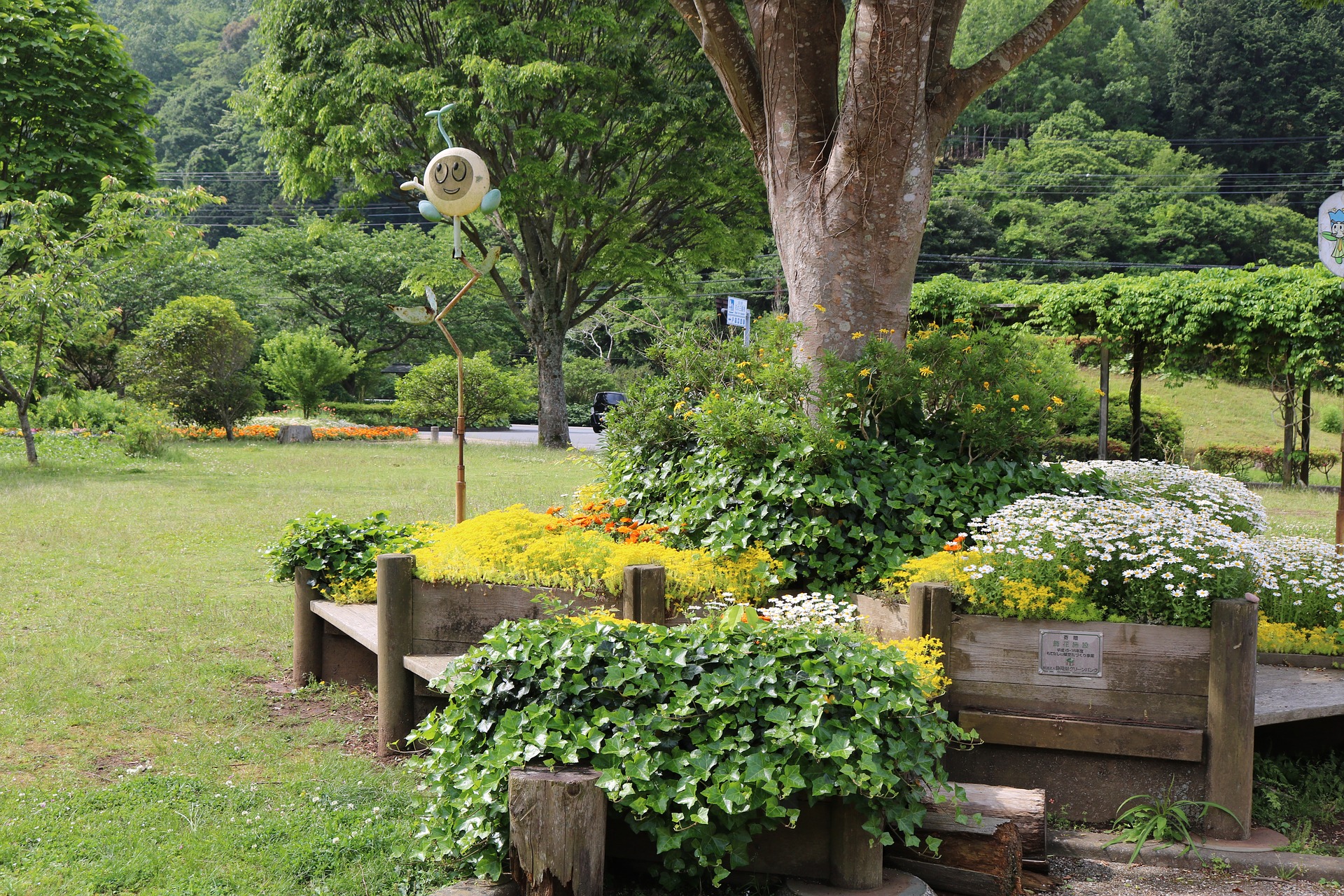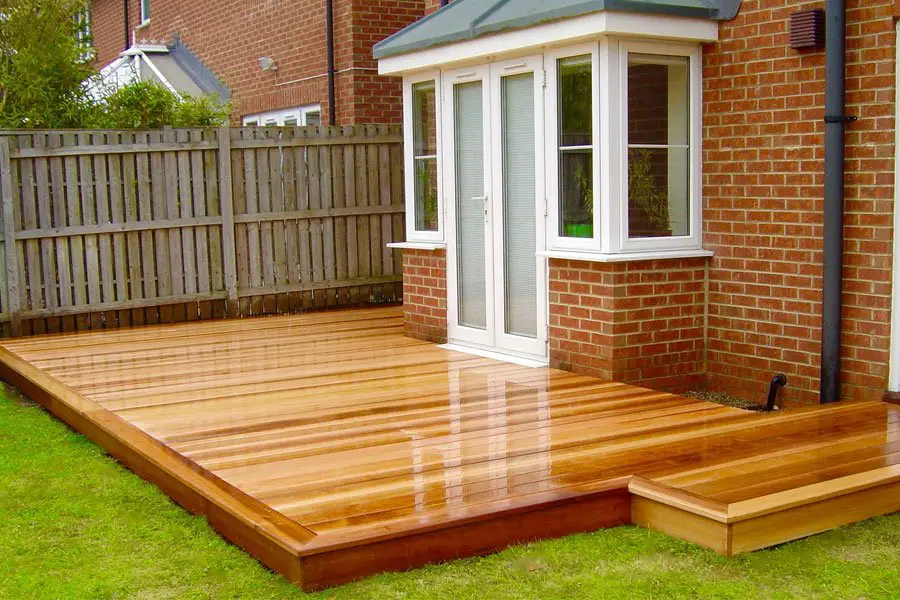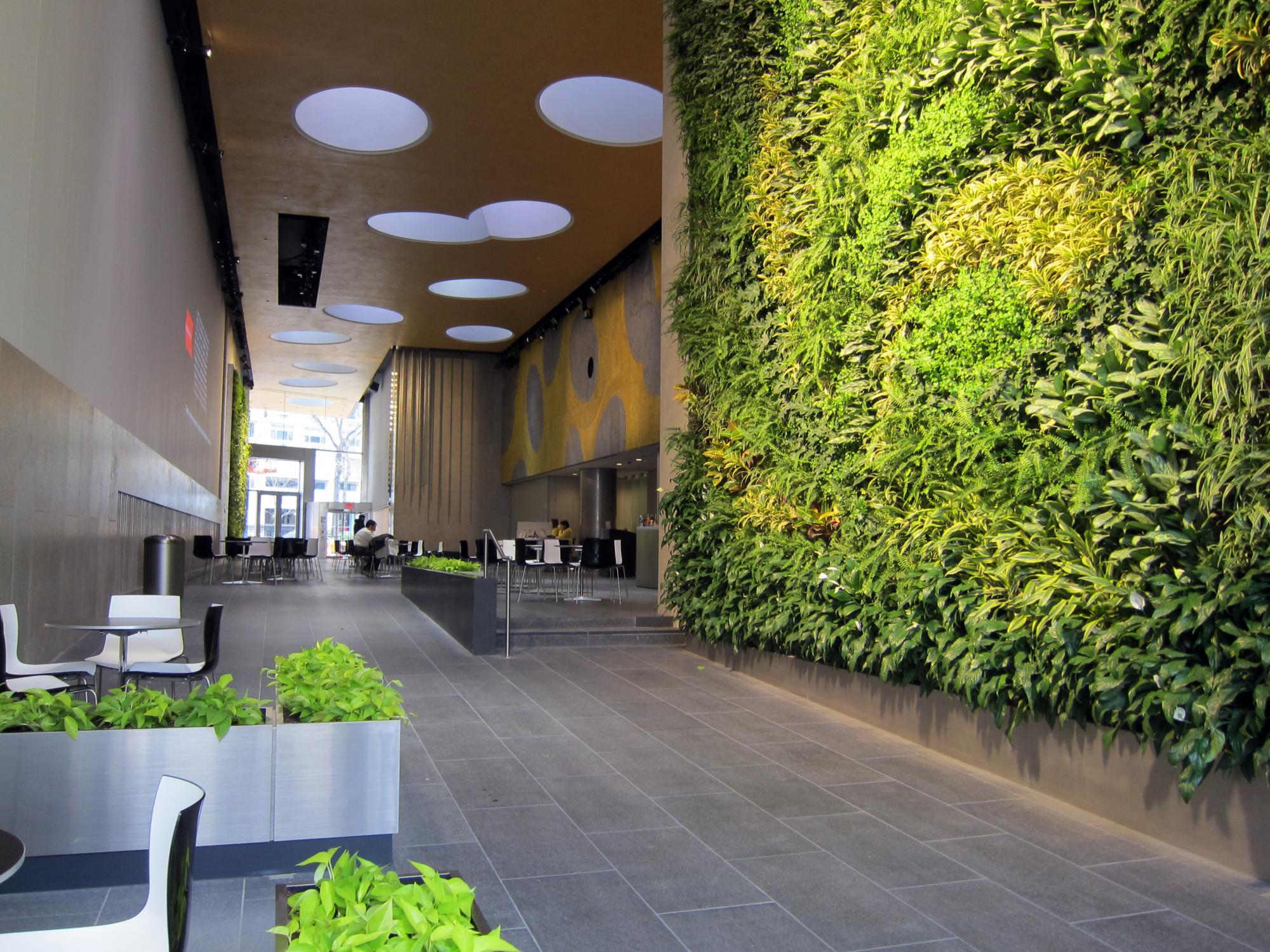Did you know that over 55% of the world’s population resides in urban areas? With space at a premium, traditional gardening may seem like an unattainable dream. However, there’s good news – vertical gardening offers a creative solution! In this post, we’ll explore innovative and practical ideas to transform your urban space into a lush green oasis. From utilizing wall-mounted planters to repurposing everyday items for vertical gardens, we’ve got you covered with a plethora of inspiring concepts.
Whether you’re an urban dweller craving some greenery or someone looking to maximize their limited outdoor area, these vertical gardening ideas will breathe new life into your surroundings. Get ready to unleash your creativity and reimagine what’s possible with a container garden, tower garden, or tiered garden.
Key Takeaways
- Vertical gardening offers urban dwellers a space-efficient way to grow plants, providing numerous advantages such as maximizing limited space, improving air quality, and reducing energy costs.
- Inspirational designs for urban vertical gardens, including living walls, trellises, and hanging planters, can serve as creative and practical solutions for adding greenery to urban spaces.
- When selecting plants for urban vertical gardens, consider factors such as sunlight exposure, water requirements, and the ability to thrive in a confined environment to ensure successful growth.
- The cost and space efficiency of vertical gardening make it an attractive option for urban areas, allowing individuals to cultivate a variety of plants without requiring extensive land or financial resources.
- Sustainable practices such as composting, water conservation, and using organic fertilizers are essential for maintaining the health and longevity of urban vertical gardens while reducing environmental impact.
- Creative small-space solutions, such as utilizing wall-mounted planters, repurposing furniture for vertical gardening, and incorporating multi-level designs, can maximize greenery in compact urban settings.
Advantages of Vertical Gardening for Urban Dwellers
Maximizes Space
Vertical gardening ideas for urban spaces offer a practical solution to the limited space that city dwellers face. With vertical gardens, individuals can utilize walls, balconies, or even indoor spaces to grow plants. This innovative approach allows people in urban areas to enjoy the benefits of container gardening without needing a large yard or outdoor area.
By using vertical structures such as trellises, hanging planters, or wall-mounted containers, urban residents can make the most of their available space. For example, instead of traditional horizontal garden beds that require significant square footage, vertical gardens enable individuals to stack plants on top of each other, reducing cost and maintenance. As a result, they can cultivate an abundance of herbs and vegetables in a fraction of the space required by conventional gardening methods.
Vertical gardening also promotes creativity and versatility in design. People can personalize their living environments with vibrant greenery while maximizing every inch available within their homes or apartments, without worrying about the cost or maintenance.
Easy Access to Fresh Produce
One key advantage of vertical gardening is its ability to provide easy access to fresh herbs and vegetables for urban dwellers. Instead of relying solely on grocery stores for produce, individuals can grow their own food right at home. By cultivating edible plants vertically, such as lettuce, tomatoes, peppers, and various herbs like basil and mint on balcony railings or indoor shelving units.
This accessibility not only ensures a convenient supply of fresh ingredients but also encourages healthier eating habits among city residents. Being able to harvest ingredients directly from one’s own garden promotes a deeper connection with food sources and fosters an appreciation for natural flavors.
Furthermore, having immediate access to freshly picked fruits and vegetables reduces reliance on commercially grown produce transported over long distances – thereby minimizing carbon emissions associated with transportation while simultaneously supporting sustainable living practices.
Air Quality Enhancement
Another notable benefit is how vertical gardening contributes positively towards enhancing air quality in urban areas by reducing pollution levels. Plants play a crucial role in purifying the air by absorbing harmful pollutants such as carbon dioxide (CO2) and releasing oxygen through photosynthesis processes.
In densely populated cities where vehicle emissions are prevalent along with industrial activities generating airborne contaminants, incorporating vertical gardens into building facades or rooftops presents an opportunity to mitigate these environmental challenges. The presence of vegetation helps counteract pollution effects by filtering out toxins from the atmosphere, ultimately leading to cleaner air quality which has direct health benefits for city residents.
Inspirational Designs for Urban Vertical Gardens
Living Wall Installations
Vertical gardens can be created with cascading plants to form stunning living wall installations. These green walls not only add a touch of nature to urban spaces but also improve air quality and reduce noise pollution. Imagine walking by a building covered in lush, vibrant foliage – it’s like having a piece of the countryside right in the heart of the city.
These living walls are perfect for small outdoor areas or even indoor spaces where floor space is limited. By utilizing vertical space, urban dwellers can enjoy the beauty of nature without sacrificing precious square footage.
Hanging Gardens with Repurposed Materials
Another fantastic idea for vertical gardening in urban settings involves using repurposed materials to create hanging gardens. Old wooden pallets, metal crates, or even plastic bottles can be transformed into unique planters that hang from balconies or walls. This not only adds an artistic flair to the surroundings but also promotes sustainability by giving new life to discarded items.
Imagine strolling through an alleyway adorned with colorful flowers spilling out from creatively repurposed containers – it’s like stumbling upon a secret garden hidden within the bustling cityscape.
Repurposing materials for vertical gardens not only saves space but also encourages eco-friendly practices among city dwellers, making it both visually appealing and environmentally conscious.
Multi-Tiered Planters for Balcony Gardening
For those with balconies or limited outdoor space, multi-tiered planters offer an excellent solution for growing a variety of plants vertically. Whether it’s herbs, flowers, or vegetables, these tiered planters allow urban residents to cultivate their own mini oasis right at home.
By stacking pots on different levels or using specially designed tiered planter boxes, individuals can create lush displays that maximize every inch of available space. Picture stepping onto a balcony filled with layers of greenery and pops of color – it’s like having your own private botanical paradise amidst the concrete jungle.
Multi-tiered planters provide a practical yet aesthetically pleasing way to indulge in gardening activities without needing vast amounts of land typically associated with traditional gardening methods.
Selecting Suitable Plants for Urban Vertical Gardens
Herbs and Leafy Greens
It’s crucial to select plants that are well-suited for this unique environment. Herbs like basil, mint, and rosemary thrive in vertical gardens due to their ability to grow upwards. Their compact size makes them perfect for small spaces while adding a delightful fragrance. Leafy greens such as lettuce and spinach are excellent choices for vertical growth. These vegetables not only provide a fresh supply of produce but also create a lush green backdrop.
Vertical gardens offer an ideal setting for growing climbing plants or vining vegetables such as cucumbers, tomatoes, and peas. These plants naturally seek out support structures as they grow, making them perfect candidates for vertical gardening. The use of trellises or wire mesh provides the necessary support while allowing these plants to flourish in limited space.
Low-Maintenance Options
Succulents and cacti are another set of suitable options that require minimal maintenance in vertical gardens. With their water-retaining capabilities and low need for soil depth, these plants can thrive on the upper levels of a vertical garden without much fuss.
In addition:
- Herbs like basil and mint add aromatic appeal.
- Lettuce and spinach provide a fresh supply of produce.
- Climbing plants like cucumbers utilize trellises effectively.
- Succulents’ water-retaining abilities make them low-maintenance options.
Cost and Space Efficiency in Vertical Gardening
Money-Saving Benefits
Vertical gardening offers cost-effective advantages for urban dwellers. By growing your own fruits, vegetables, and herbs, you can significantly reduce your grocery bills. Imagine having an abundance of fresh produce right at your fingertips without having to purchase them from the store. This not only saves money but also ensures a regular supply of organic, home-grown ingredients for cooking.
Furthermore, vertical gardens are remarkably efficient in terms of space utilization. They allow you to grow a variety of plants within a limited area, making it ideal for small living spaces such as apartments or condominiums. Instead of needing expansive garden plots or large outdoor areas, vertical gardening makes use of walls and other vertical surfaces to create thriving green spaces.
Water Conservation
In addition to saving money on groceries and maximizing space usage, vertical gardening also helps conserve water resources. Traditional gardens often require substantial amounts of water due to their horizontal layout and exposure to the elements. However, with vertical gardens, the design minimizes water wastage by allowing precise irrigation directly at the root level.
Sustainable Practices for Urban Vertical Gardens
Organic Fertilizers
Using organic fertilizers is essential for maintaining a sustainable urban vertical garden. These fertilizers are made from natural materials, such as compost and animal manure. They provide necessary nutrients to the plants without harming the environment. By opting for organic fertilizers, you can ensure that your vertical garden remains healthy while minimizing the impact on the ecosystem. For example, incorporating composted kitchen scraps into your gardening routine not only reduces waste but also enriches the soil with vital nutrients.
Another way to promote sustainability in vertical gardening is by collecting rainwater for irrigation purposes. This practice reduces reliance on municipal water sources and helps conserve this precious resource. By installing a simple rain barrel or harvesting system, you can gather rainwater during wet weather and utilize it to hydrate your vertical garden during drier periods.
Composting Kitchen Scraps
Composting kitchen scraps is an excellent way to create nutrient-rich soil for vertical gardens in urban spaces. Instead of throwing away fruit and vegetable peels, coffee grounds, and eggshells, you can repurpose them through composting. This process transforms organic waste into a valuable fertilizer that enhances soil quality and promotes plant growth in your vertical garden. Not only does composting reduce landfill waste, but it also provides an eco-friendly solution for nourishing your plants.
In addition to promoting sustainability through these practices, they also contribute to cost savings associated with maintaining a vertical garden in an urban setting. By using organic fertilizers instead of synthetic ones, you avoid purchasing potentially harmful chemicals while supporting healthier plant growth naturally.
Creative Small-Space Solutions for Vertical Gardens
Utilizing Hanging Baskets
One of the most effective vertical gardening ideas for urban spaces is to utilize hanging baskets. These are perfect for maximizing small space as they allow plants to grow downwards, leaving more room on the ground. You can hang them from a balcony, patio railing, or any suitable structure. For example, you could plant herbs like basil and mint in these baskets and have them easily accessible right outside your kitchen.
Hanging baskets also work well indoors if you’re short on outdoor space. They can be hung near windows where they will receive adequate sunlight. Hanging baskets come in various sizes and materials, making it easy to find the perfect ones that suit your needs.
Installing Pocket Planters
Another great way to make use of vertical space is by installing pocket planters on walls or fences. These DIY-friendly planters are essentially small pockets made of fabric or other durable materials that can hold soil and plants. They are ideal for growing smaller plants such as flowers, succulents, or even strawberries.
Pocket planters not only save floor space but also add an aesthetic appeal to plain walls or fences. They are available in different designs and colors so you can create a visually pleasing display while effectively utilizing vertical surfaces.
Creating a Trellis System
For those interested in growing climbing plants like tomatoes or beans in their vertical garden, creating a trellis system is an excellent idea. A trellis provides support for vining plants while taking up minimal floor space. It’s a simple yet effective solution for allowing these types of plants to grow upwards instead of sprawling across the ground.
A common DIY approach involves using wooden stakes and twine to build a basic trellis structure that allows the vines to climb upwards with ease. This method not only saves valuable garden real estate but also makes harvesting much easier since the fruits will be at eye level rather than hidden beneath foliage.
Tips for Designing a Thriving Urban Vertical Garden
Plant Placement
Maximizing sunlight exposure is crucial. Proper plant placement is essential, ensuring that sun-loving plants receive adequate sunlight. Place these plants on the top tiers of your vertical garden where they can bask in direct sunlight.
Sunlight Requirements Different plants have varying light requirements. For instance, herbs like basil and thyme thrive in full sun, while ferns and peace lilies prefer low-light conditions. Consider the specific needs of each plant when designing your vertical garden to optimize their growth.
Monitoring Moisture Levels
Soil Moisture
Regularly monitoring soil moisture levels is imperative for a successful urban vertical garden. Overwatering can lead to root rot, while underwatering causes wilting and stunted growth in plants.
Water Retention Materials Incorporating water retention materials such as vermiculite or perlite into the soil mix helps maintain optimal moisture levels for the plants. These materials improve soil structure and prevent excessive drainage, keeping the roots adequately hydrated without becoming waterlogged.
Efficient Watering Systems
Drip Irrigation
To streamline watering processes in an urban vertical garden, consider incorporating a drip irrigation system. This automated system delivers water directly to the base of each plant, ensuring efficient hydration without wastage or uneven distribution.
Water-Saving Benefits Drip irrigation conserves water by minimizing evaporation and runoff compared to traditional overhead watering methods. It also reduces labor-intensive manual watering efforts while promoting consistent moisture levels throughout the entire vertical garden structure.
Utilizing Recycled Materials in Urban Garden Designs
Repurposing Old Pallets
Old pallets can be transformed into vertical garden planters by attaching them to walls or fences. This is an excellent way to maximize limited space in urban areas. By securing the pallets vertically, you can create multiple planting pockets for a variety of herbs, flowers, or even small vegetables.
Repurposed pallets also add a rustic and unique aesthetic to your urban garden. They provide a sturdy framework for plants while allowing proper drainage through the gaps between slats. They can be easily customized with exterior paint to match your outdoor decor or add a pop of color to your garden design.
You may also consider lining the back of each pocket with landscape fabric before adding soil. This helps prevent soil erosion and keeps the structure intact over time.
Using Plastic Bottles
Plastic bottles are versatile materials that can serve as hanging containers for small plants in vertical gardens. By cutting off the top portion of plastic bottles and creating holes at the bottom for drainage, you can hang them along walls or fences using hooks or strings.
These DIY hanging containers not only provide an innovative solution for limited gardening spaces but also contribute to reducing plastic waste by giving bottles a second life as functional planters. When choosing plastic bottles for this purpose, opt for sturdy ones that will withstand outdoor conditions without deteriorating quickly.
To further enhance their visual appeal, consider painting these repurposed plastic bottle planters with weather-resistant exterior paint in vibrant colors that complement your overall garden design scheme.
Converting Old Gutters
Another creative way to incorporate recycled materials into urban vertical gardening is by converting old gutters into herb gardens attached to walls or fences. The long and narrow shape of gutters makes them perfect for growing herbs such as basil, mint, thyme, and cilantro without taking up much space horizontally.
Before installing old gutters as vertical herb gardens, ensure proper water reservoir systems are incorporated within each section to maintain adequate moisture levels for plant growth. This could involve drilling small drainage holes at regular intervals along the gutter’s length while leaving some standing water at one end acting as a reservoir during dry periods.
Incorporating Edible Plants in Urban Vertical Gardens
Sweet Harvest
Growing strawberries in hanging baskets is a fantastic way to add a sweet touch to your urban vertical garden. Imagine stepping out onto your balcony or into your small backyard and plucking fresh, juicy strawberries right from the vine. Hang the baskets at different levels for an eye-catching display that also maximizes space. Strawberries love the sun, so be sure to place them where they can soak up plenty of sunlight.
Vertical gardens are perfect for cultivating cherry tomatoes. Planting cherry tomatoes in vertical garden towers not only saves space but also provides you with a delicious snack whenever you want it. The towers allow the plants to grow upward, making it easier for you to pick ripe tomatoes without bending down or crouching on the ground.
Mini Orchard
If you’ve always dreamed of having a fruit orchard but lack space, consider growing dwarf fruit trees in vertical planters. These compact trees are ideal for urban environments and can thrive in containers on balconies or terraces. You can combine different types of dwarf fruit trees like apples, peaches, and lemons to create your very own mini orchard right at home.
Incorporating edible plants into your urban vertical garden allows you to enjoy fresh produce while adding beauty and functionality to your living space.
Closing Thoughts
You’ve now got a solid grasp of the incredible potential that vertical gardening holds for urban spaces. From maximizing limited space to embracing sustainability, the advantages are undeniable. So, why not take the plunge and start your own urban vertical garden? With the right plants, design tips, and a dash of creativity, you can transform even the tiniest urban nook into a flourishing green oasis. Get your hands dirty, unleash your inner gardener, and let your urban jungle thrive!
Now that you’re armed with inspiration and know-how, it’s time to put your newfound knowledge into action. Start scouting for the perfect spot, gather your materials, and get ready to sow the seeds of your very own urban vertical garden. The possibilities are endless, and the satisfaction of nurturing life in the midst of concrete is truly unparalleled. Happy gardening!
Frequently Asked Questions
How can vertical gardening benefit urban dwellers?
Vertical gardening offers urban dwellers the opportunity to maximize limited space, improve air quality, and enhance the aesthetic appeal of their surroundings. By utilizing vertical space, individuals can cultivate a variety of plants and create a green oasis within their urban environment.
What are some sustainable practices for maintaining an urban vertical garden?
Incorporating sustainable practices such as water conservation through drip irrigation systems, composting organic waste for fertilizer, and using natural pest control methods can help maintain an eco-friendly urban vertical garden. These practices promote environmental responsibility while nurturing healthy plant growth.
What are some creative small-space solutions for designing a vertical garden in an urban setting?
Utilize wall-mounted planters, hanging containers, or tiered shelving to make efficient use of limited space in an urban setting. Incorporating trellises or espalier techniques can optimize growing areas while adding visual interest to the overall design.
How can recycled materials be utilized in designing an urban garden?
Repurposing items like pallets, PVC pipes, or old containers as planters not only reduces waste but also adds unique character to the garden design. Embracing recycled materials aligns with sustainable principles and allows for creativity in crafting personalized gardening solutions.
Why is it important to select suitable plants for an urban vertical garden?
Choosing plants that thrive in compact spaces with minimal sunlight is crucial for successful cultivation. Opting for low-maintenance varieties that adapt well to vertical conditions ensures long-term viability and minimizes the need for excessive upkeep or replacements.






